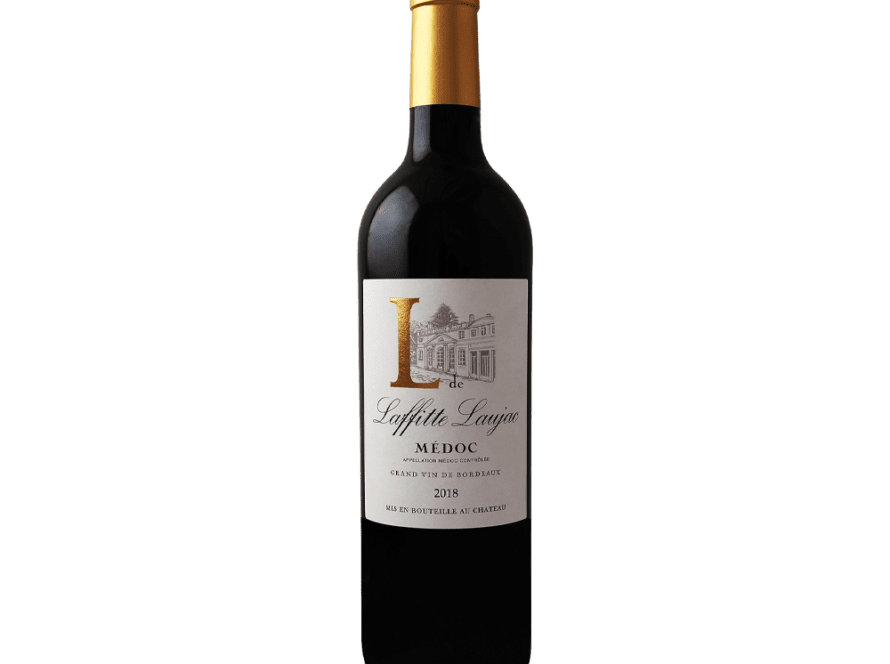Laujac wines are created by assembling wines produced from different geological formations.
Limestone clays from the Tertiary era nourish Merlot grapes allowing especially good expression on these relatively heavy soils. The resulting wines are full, generous, and very concentrated.
The second part of the Laujac soil consists of Pliocene-Quaternary formations and is characterized by fine gravels. Cabernet Sauvignon reigns supreme on these well-draining soils although we also find Petit Verdot. This is the oldest part of the vineyard and produces very fine, complex wines.
Cabernet Sauvignon is the dominant grape variety of Laujac, giving a wine full of finesse and a bouquet with substantial keeping power. Perfectly at home on gravelly soils, Cabernet Sauvignon endows the Laujac wines with remarkable structure.
Merlot thrives on gravel and chalky-clay soils. With its fruity, tasty character it brings fullness to the wines of Laujac.
The sweet violet fragrance of Petit Verdot mingles – in small quantities – with the blend to add finishing touches to the charismatic complexity of Laujac wines.







